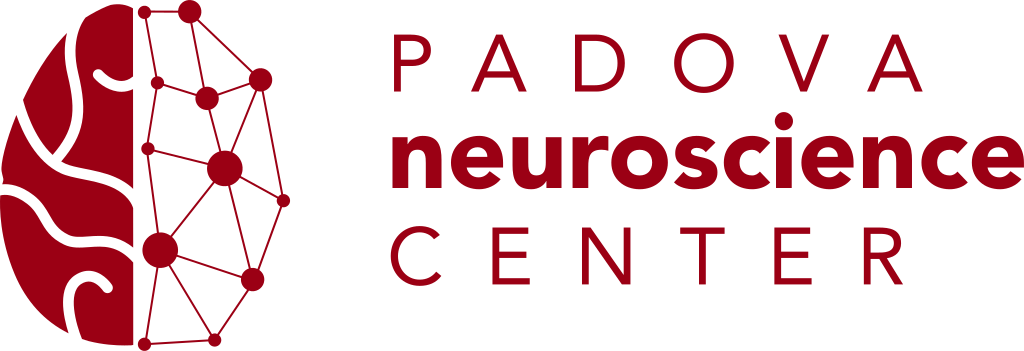by dr. Fabrizio Lombardi, Institute of Science and Technology Austria (ISTA) – Vienna
When: December 1st, 2022 – 3:00 pm
Where: Sala Seminari – VIMM. 50 seats available. Mask is mandatory. Registration Link
Abstract: Neurons in the brain are wired into adaptive networks that exhibit a range of collective dynamics. Oscillations, for example, are paradigmatic synchronous patterns of neural activity with a defined temporal scale. Neuronal avalanches, in contrast, are scale-free cascades of neural activity, often considered as evidence of brain tuning to criticality. While models have been developed to account for oscillations or avalanches separately, they typically do not explain both phenomena, are too complex to analyze analytically, or intractable to infer from data rigorously. Here we propose a non-equilibrium feedback-driven Ising-like class of neural networks that simultaneously and quantitatively captures scale-free avalanches and scale-specific oscillations. In the most simple yet fully microscopic model version we can analytically compute the phase diagram and make direct contact with human brain resting-state activity recordings via tractable inference of the model’s two essential parameters. The inferred model quantitatively captures the dynamics over a broad range of scales, from single sensor oscillations and collective behaviors of nearly-synchronous extreme events on multiple sensors, to neuronal avalanches unfolding over multiple sensors across multiple time bins. Importantly, the inferred parameters correlate with model-independent signatures of “closeness to criticality”, indicating that the coexistence of scale-specific (neural oscillations) and scale-free (neuronal avalanches) dynamics in brain activity occurs close to a non-equilibrium critical point at the onset of self-sustained oscillations.


